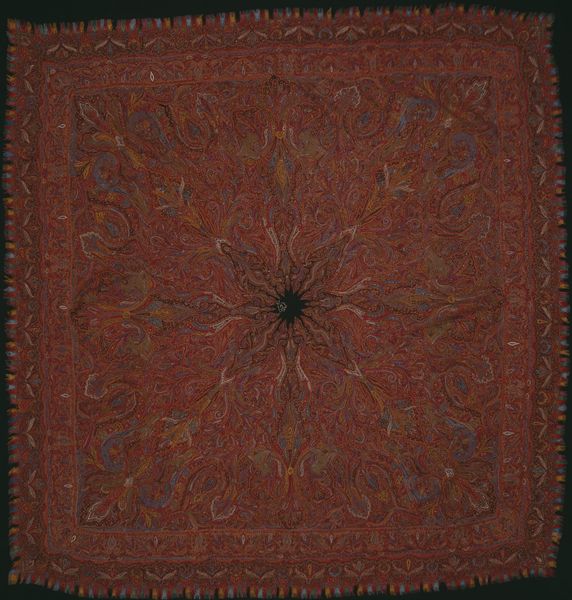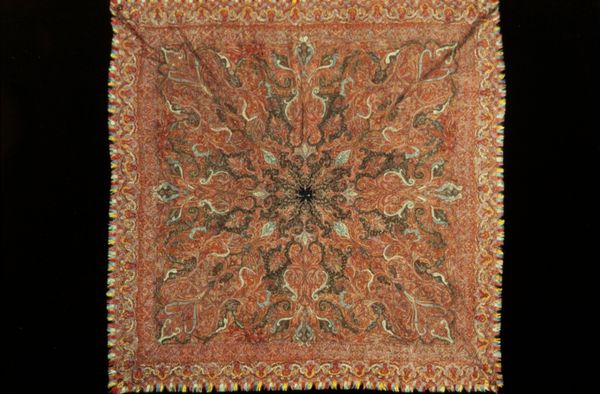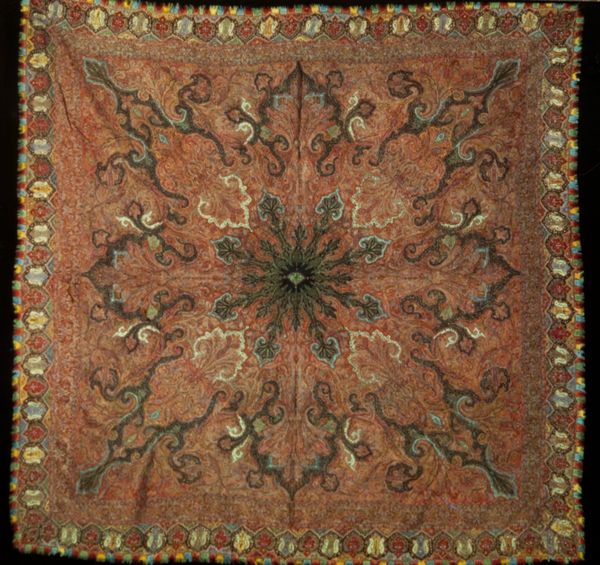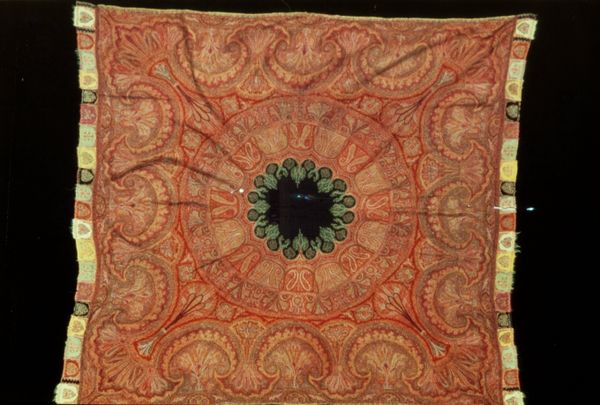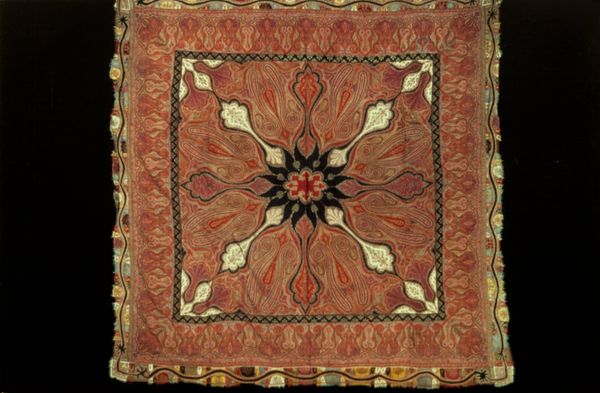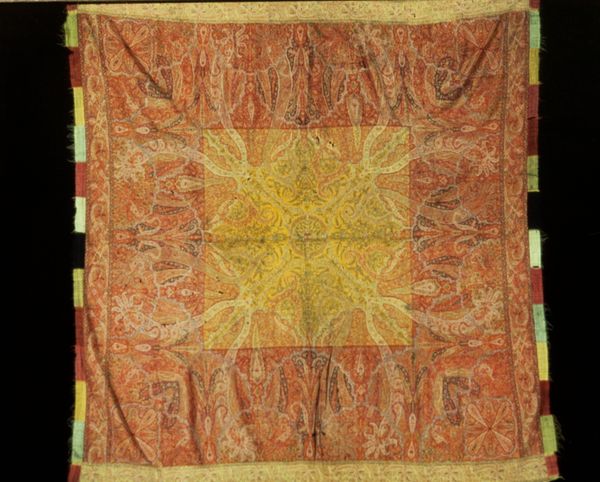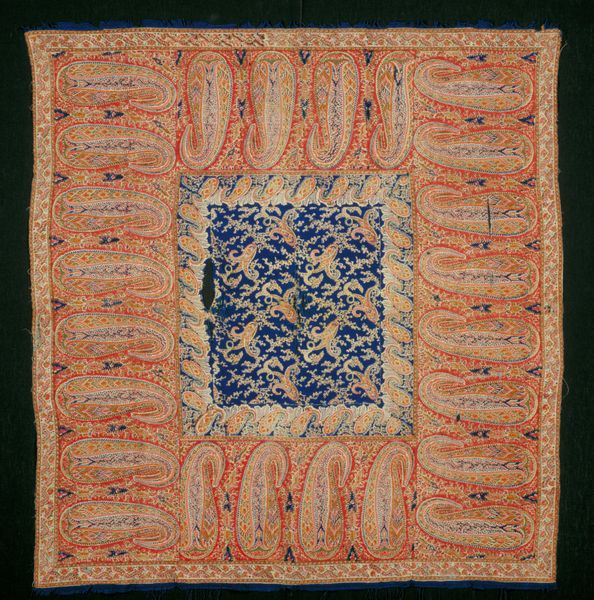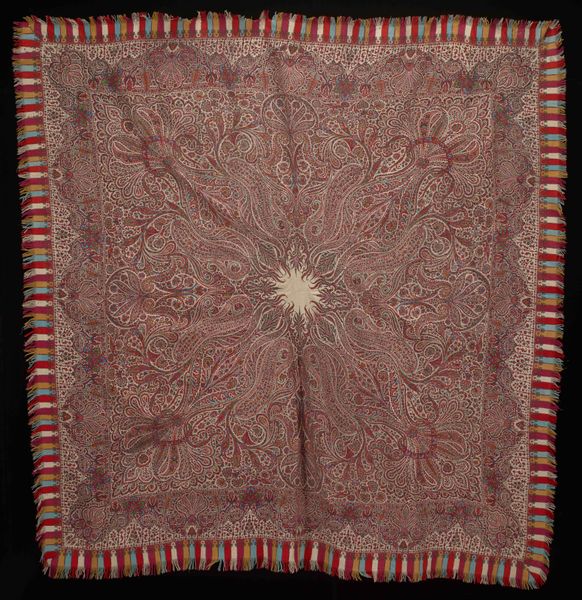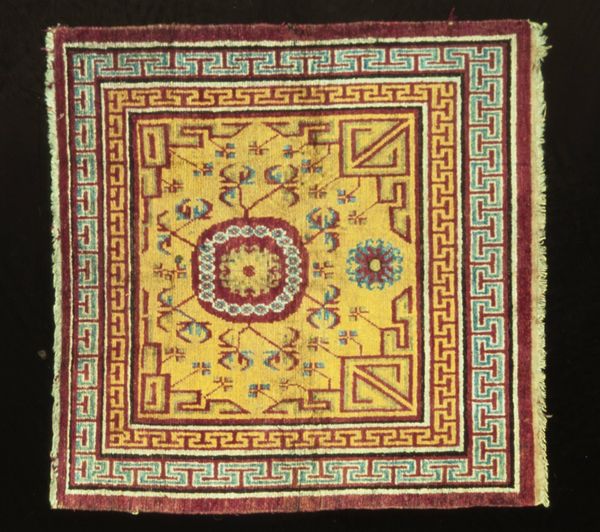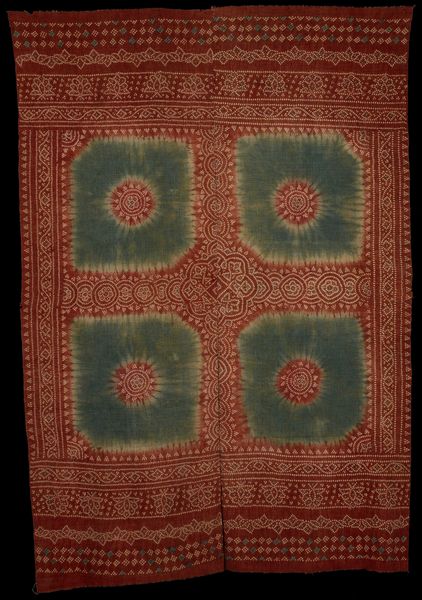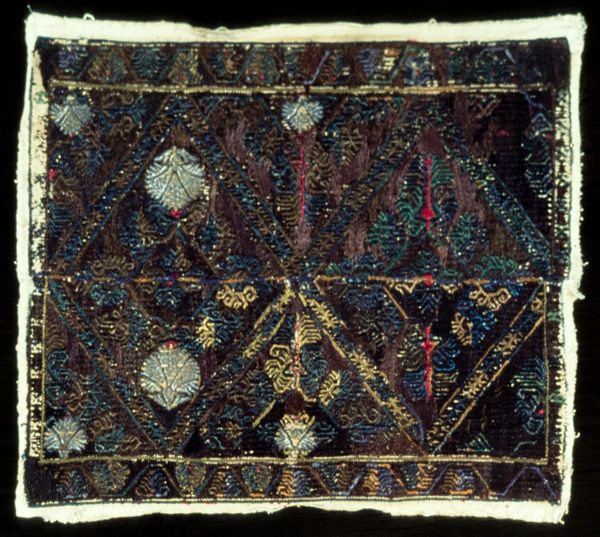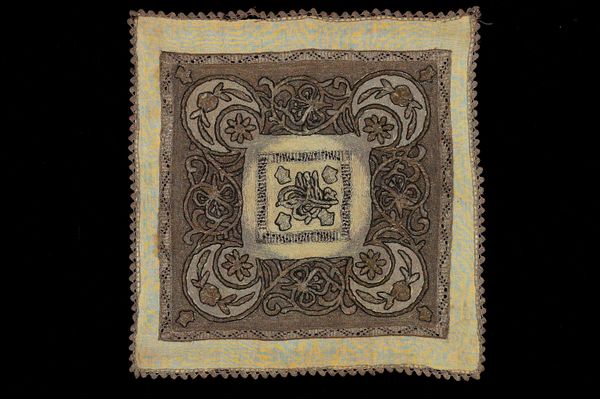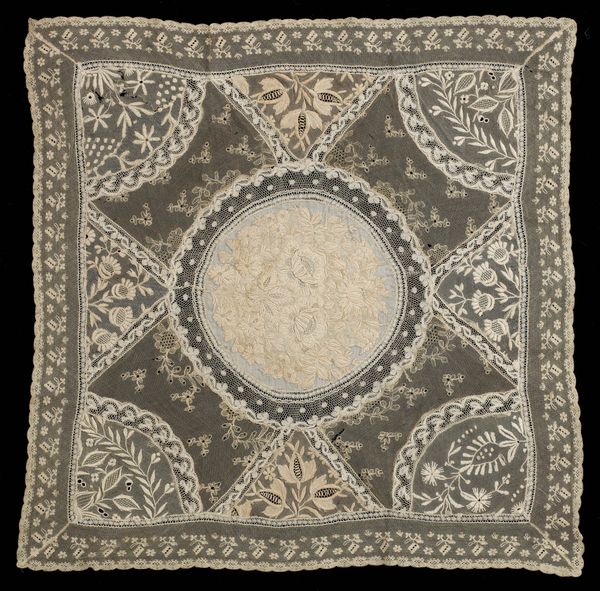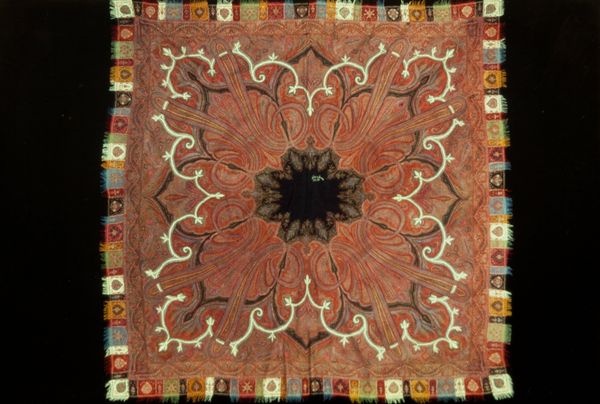
fibre-art, weaving, textile
#
fibre-art
#
weaving
#
textile
Copyright: Public Domain
This Kashmir shawl was finely woven by an anonymous artisan, showcasing a meticulous rendering of the paisley pattern. These shawls, highly prized luxury goods, speak volumes about the complex dynamics of global trade and cultural exchange, particularly during the colonial era. The intricate paisley design, a hallmark of Kashmiri textiles, gained immense popularity in Europe, especially in Britain, during the 18th and 19th centuries. This popularity coincided with the rise of the British East India Company and its expanding influence in India. It's easy to see how the shawl’s exotic motifs catered to European tastes, symbolizing wealth, status, and a connection to distant lands. Looking closer, we see the shawl’s production was often embedded in exploitative labor practices, reflecting the power imbalances inherent in colonial trade. Understanding the shawl, then, requires research into trade records, company archives, and social histories to appreciate the complex interplay of culture, commerce, and colonialism. The study of art, like this shawl, is always contingent on social context.
Comments
No comments
Be the first to comment and join the conversation on the ultimate creative platform.
